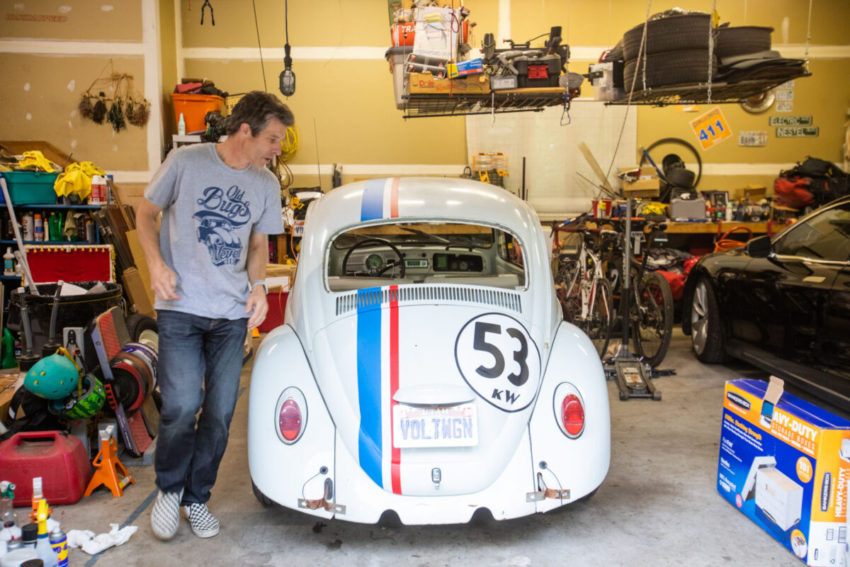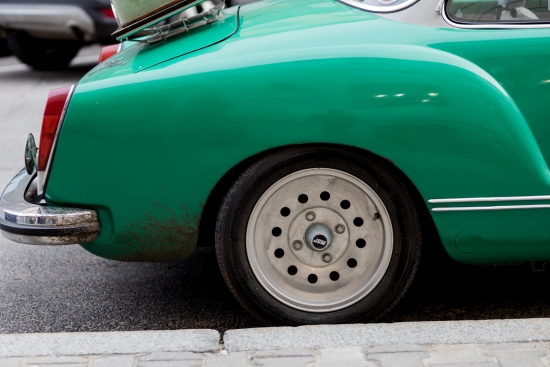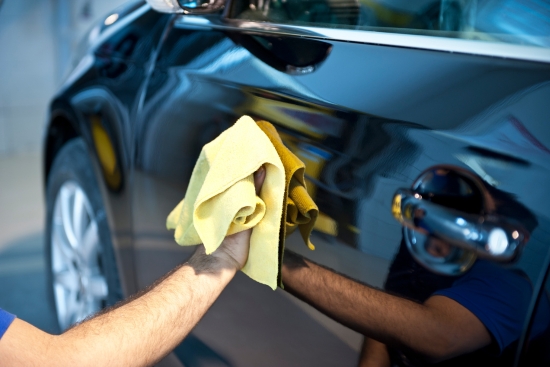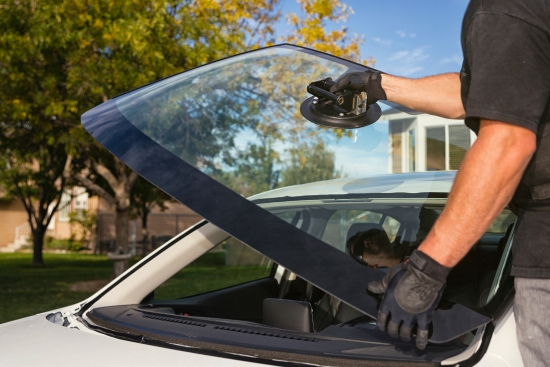VW restoration is one of the most popular resto projects amongst classic car enthusiasts. There are a lot of restoration services and businesses that can assist you in returning your automobile to its factory condition or a modified version of it. Whether you have an old VW Bug or a VW Bus Type II, This post will go through selecting a resto shop to what questions to ask. We’ll also discuss time and money, and I’ll share my experience with the Volkswagen restoration near me.
Map of Volkswagen Restoration Near Me
For “Volkswagen Restoration Near Me” or “VW Restoration Near Me”, see the map below…
How Does the Volkswagen Restoration Near Me Work
When you take your VW to a resto shop, the first thing they will do is assess what needs to be done. This can be anything from a simple tune-up to an engine rebuild to a complete overhaul.
If your VW is not in a driveable state, some shops can give you a rough estimate for repairs just by looking at pictures and some may send someone to look at the vehicle.
A restoration professional or technician will inspect the vehicle fairly thoroughly. They are looking for major issues like rust, frame damage, interior upholstery damage, and mechanical damage to the transmission and motor.
The shop will also give you an idea of how long the project might take and how much it will cost. They will discuss the challenges and gather your input on whether you are looking to keep the vehicle original or mod it.
In my experience with the services at the VW restoration near me, the initial consultation is free. Then a deposit is required before work can begin.
Original VW Restoration vs Resto-Mod
Before you begin the process, you need to decide if you want an original VW restoration or a resto-mod.
If you want an original restoration, the shop will find original parts, and the goal is to make the vehicle look and function like it did when it came off the assembly line. This can be very expensive and time-consuming, but you will have a vehicle that is worth more money and can be considered a collector’s item.
If you want a resto-mod, the shop will find aftermarket parts that give you a modern twist on the classic VW. This can be less expensive and quicker, but you will not have an authentic restoration. That will impact the final vehicle value in the eyes of a collector. However, you can have upgraded technology in the vehicle.
VW Restoration Process
Sourcing VW Parts
Once you are ready to start the work, the restoration shop will begin sourcing parts. Parts can come from various places. The most common places are salvage yards, online retailers, or direct from the manufacturer.
If you are looking for an original restoration, the shop will try to find NOS (new old stock) parts. These are OEM parts that were never used and are still in their original packaging. They can be very expensive but will give you an authentic restoration. When they can’t find OEM pieces, they will look to source parts from specialized secondary parts sellers and get used VW parts from junkyards.
If you are looking for a resto-mod, the shop will look for aftermarket parts that give you a modern twist on the classic VW. They may also lean towards doing the fabrication of parts if they can’t source a part or if you are looking for something custom.
Disassembly
The shop will also start the process of disassembly. This is where they take the entire vehicle apart to get to all the areas that need to be repaired or replaced. Depending on the severity of the damage, this process can take a few days to a few weeks. Most shops get very detailed, where every part gets bagged and labeled.
Cleaning the Parts
After the vehicle is disassembled, all the parts need to be cleaned. This is done by removing all the dirt, oil, grease, and grime. The shop will use a variety of methods including solvents, pressure washers, and sandblasting.
The cleaning process is important because it allows the technicians to properly assess the damage and see what needs to be repaired or replaced. It also gives them a clean surface to work with when they start the repair, replace and restoration process.
Repairing and Restoring the Parts
After the cleaning process is complete, the shop will start repairing and restoring the parts. This can include anything from straightening the frame, performing rust repair, or rebuilding the engine.
The shop will also restore any parts that are in good condition but just need to be brought back to their original condition. This can include anything from polishing metal to reupholstering seats.
Reassembly and Paint
Once all the parts are repaired and restored, the shop will start the process of reassembly. This is where they put all the parts back together to form a complete vehicle.
This process can take a few weeks to a few months, depending on the severity of the damage and the level of restoration service you are looking for.
Some shops for painting at this stage as well.
Testing and Quality Control
After the vehicle is put back together, the shop will do a final test to make sure everything is working properly. This can include a test drive, dyno testing, or emissions testing.
They will also do a final quality control check to make sure there are no issues and that the vehicle meets your expectations.
If you are happy with the sales results, you can accept delivery of the vehicle.
The Cost and Time of a Volkswagen Restoration Project
The cost of a Volkswagen restoration can vary depending on the level of restoration you are looking for and the severity of the damage.
A full restoration can cost anywhere from $10,000 to $50,000. A resto-mod can cost less, depending on the parts you choose and the level of customization you want.
The time it takes to complete restoration can also vary, depending on the severity of the damage and the level of restoration you are looking for.
A full restoration can take anywhere from 6 months to 2 years to complete. A resto-mod can take less time, depending on the parts you choose and the level of customization you want.
What Questions Should I Ask the Volkswagen Restoration Near Me
When you are looking for a shop to do your restoration, there are a few questions you should ask to get a better idea of their experience and what they can do for you.
Here are a few questions to ask:
- How long have you been in business?
- How many Volkswagen restorations have you completed?
- Do you specialize in a certain type of VW or an era of VW’s?
- Can you provide a list of references?
- Can I see before and after photos of your work?
- What is your process for VW restoration?
- What are the estimated costs and timelines for different levels of restoration?
- What kind of warranty do you offer?
- How do you communicate if unexpected issues are discovered during disassembly?
- Where will you source parts from?
- What suggestions do you have for me to get the most value out of my resto?
How to Choose a Volkswagen Restoration Near Me
When you are looking for a shop to do your restoration, there are a few things you should keep in mind to make sure you choose the right one.
I like to do a few things when looking for a Volkswagen restoration shop near me. First I look at Google Business and Yelp reviews. Second I try and ask other Volkswagen owners at car shows and local cars and coffee events if they have any recommended resto shops. Third I start calling around and getting a feel for where I should bring my vehicle.
Here are a few things to consider:
Experience – Make sure the owner of the shop has experience with Volkswagen restorations. You can ask them how long they’ve been in business, how many VWs they’ve restored, and if they specialize in any certain type of VW or era of VWs.
Communication – Make sure the team at the shop is able to communicate with you throughout the process. This includes letting you know if they find any unexpected damage during disassembly and keeping you updated on the progress of the restoration.
Cost – Make sure you get an estimate of the cost before the restoration begins. This way, you can budget for the project and avoid any surprises.
Timeline – Make sure you have an understanding of how long the restoration will take. This way, you can plan accordingly and be patient during the process.
Warranty – Make sure the shop offers a warranty on their body work.
My Experience Getting My 1967 VW Beetle Restored
I decided to get my 1967 VW Beetle restored after I inherited it from my grandpa. It was in pretty good condition, but it needed some work to be roadworthy again. I had plans to do some work myself, but just never got around to it.
I started by doing some research and found a few shops that specialized in Volkswagen restorations. After reading reviews and calling around…I finally decided on a shop. The shop I chose was a specialty shop for 1960s Beetles.
I brought my VW to the shop and they gave me an estimate of the cost and timeline. My budget was around $25K and they made great suggestions to bring the car back to life within that budget. They estimated 6 to 7 months, but the process took about a year, due to Covid happening.
All in all my Bug looks amazing and I couldn’t be happier with the results.
Maintaining Your Restored Volkswagen
Owning a restored Volkswagen is a source of pride and joy. To ensure your classic car remains in top condition, regular maintenance and upkeep are crucial. Here are some essential tips for taking care of your restored vehicle, ensuring its longevity and preserving its excellent workmanship.
Regular Check-ups and Oil Changes
Just like any other vehicle, your restored Volkswagen needs regular check-ups. Frequent oil changes are vital to keep the engine running smoothly. Old oil can lead to engine damage, so it’s important to replace it as per the manufacturer’s manual. This simple step can significantly extend the life of your car.
Body Work and Paint Care
The body work and paint of your Volkswagen are not just about looks; they also protect the car from rust and damage. Wash your car regularly to remove dirt and grime. Use quality cleaning products that are gentle on the paint. Waxing the car twice a year will help maintain the shine and protect the paint.
Interior and Upholstery Maintenance
The interior of your Volkswagen deserves as much attention as the exterior. Clean the upholstery regularly and treat it with appropriate products to prevent wear and tear. If your car has a leather interior, use a good quality leather conditioner to keep it soft and prevent cracking.
Engine and Mechanical Health
Regularly check the engine and other mechanical parts of your Volkswagen. This includes checking the fluid levels, brake system, and suspension. If you’re not comfortable doing these checks yourself, take your car to a professional mechanic. They can spot issues early and prevent costly repairs later.
Tire Care and Alignment
Proper tire maintenance is crucial for a smooth ride. Check the tire pressure regularly and keep them inflated to the recommended level. Also, get the wheel alignment checked periodically. This not only ensures a comfortable ride but also helps in even tire wear.
Electrical System Checks
The electrical system in a classic Volkswagen can be tricky, especially in models like the Beetle or Karmann Ghia. Regular checks of the electrical system, including lights, indicators, and dashboard controls, are essential. Any issues should be addressed promptly to avoid more significant problems.
Restoration and Repair Records
Keep a detailed record of all the restorations and repairs done on your Volkswagen. This record is not just useful for your reference but can also add value to your car if you decide to sell it in the future.
Long-Term Storage
If you plan to store your Volkswagen for an extended period, do it properly to avoid damage. Store it in a clean, dry garage to protect it from the elements. Disconnect the battery, and if possible, elevate the car to take the weight off the tires.
Building a Relationship with a Trusted Mechanic
Find a mechanic or restoration service who specializes in classic Volkswagens. Building a long-term relationship with a trusted service provider ensures that your car is always in good hands.
Maintaining a restored Volkswagen is about preserving a piece of history. With regular care and attention, your classic car will not only look great but will also be a reliable companion on the road. Remember, every time you take your Volkswagen out for a ride, it’s not just a drive; it’s an experience filled with memories and smiles.
Future of Volkswagen Restoration: Trends and Innovations
The world of Volkswagen restoration is evolving rapidly, driven by emerging trends and technological advancements. This evolution is not just about preserving the past; it’s about merging it with the future. Let’s explore how these changes are shaping the restoration services for VW enthusiasts.
Emerging Trends in Restoration Techniques
In recent years, the approach to restoring classic VW models like the Beetle or Karmann Ghia has shifted significantly. Restorers are now focusing on a blend of originality and modernity. For instance, the concept of a rolling chassis has gained popularity. This involves restoring the vehicle’s frame and mechanical parts while integrating modern technology. It’s a way to keep the car’s soul intact while enhancing its performance and safety.
Another trend is the emphasis on quality and excellent work in every aspect of the restoration process. From the body work to the upholstery, every detail is meticulously worked upon. This attention to detail ensures that the restored vehicles not only look stunning but are also reliable for everyday use.
Sustainability is also becoming a key factor in VW restorations. More restorers are using eco-friendly materials and methods. This shift is particularly noticeable on the East coast and in California, where environmental regulations are stricter.
Technological Advancements Impacting Volkswagen Restoration
Technology is playing a pivotal role in transforming VW restoration services. Advanced tools and techniques are being employed for tasks like body repairs and engine rebuilds. For example, 3D printing is revolutionizing the way replacement parts are made, especially for rare models like the Karmann Ghia. This technology allows for the precise replication of parts that are no longer available on the market.
Digital tools are also enhancing the restoration process. Software for 3D modeling helps in the accurate assembly of vehicles, ensuring that every part fits perfectly. Moreover, online platforms and videos are making it easier for VW owners and restoration shops to share knowledge and techniques, fostering a global community of VW enthusiasts.
The use of advanced diagnostics tools is another significant advancement. These tools enable professional restorers to accurately assess and fix issues in the vehicle’s engine, electrical system, and more. This not only speeds up the repair process but also ensures that the restored car runs smoothly.
In conclusion, the future of Volkswagen restoration is exciting and promising. With a blend of traditional craftsmanship and modern technology, restored VWs are not just relics of the past; they are becoming innovative, sustainable, and more enjoyable to drive. As we move forward, these trends and innovations will continue to shape the restoration industry, ensuring that classic VWs are preserved and cherished for generations to come.
Volkswagen Restoration Near Me – Conclusion
If you are thinking about getting your Volkswagen restored, I would highly recommend it. It’s a great way to bring an old car back to life and keep the memories alive. Just make sure you do your research, ask lots of questions, and choose a shop that you feel comfortable with. That’s what I have learned from the Volkswagen restoration near me.






